Sometimes my son gets “stuck” in his play. He recreates the same scenarios over and over again, which can be age appropriate and beneficial. But there comes a point in this type of play where I can tell that he is stagnating. Suddenly, his play is not as deep and he is not engaged as long. It happens to us adults too, where our mind falters and we seem to have lost inspiration and ideas. This is where an invitation to play can help re-spark their imagination.
An invitation to play is exactly what it implies, a welcoming activity for a child to play, create, and explore. It can also be used as a way to introduce materials and toys or to help a child learn about something they have been interested in.
It doesn’t have to be anything in particular. An invitation can be as open ended as a collection of loose items or as specific as a small scene of toy animals. It can involve science, art, biology, history, sensory exploration, motor skill practice, or just be for plain fun.
Some examples of invitations to play/explore/create are:
- Toys set up in a scene all ready for some pretend play
- Setting out loose parts or open ended items to spark creative play and inventions
- Displaying art materials to see what they create
- Arranging materials that when used, will create a result such as a science experiment
- Setting out an activity such as color sorting to help the child engage in a particular skill
Here are some simple tips to getting started with invitations at home:
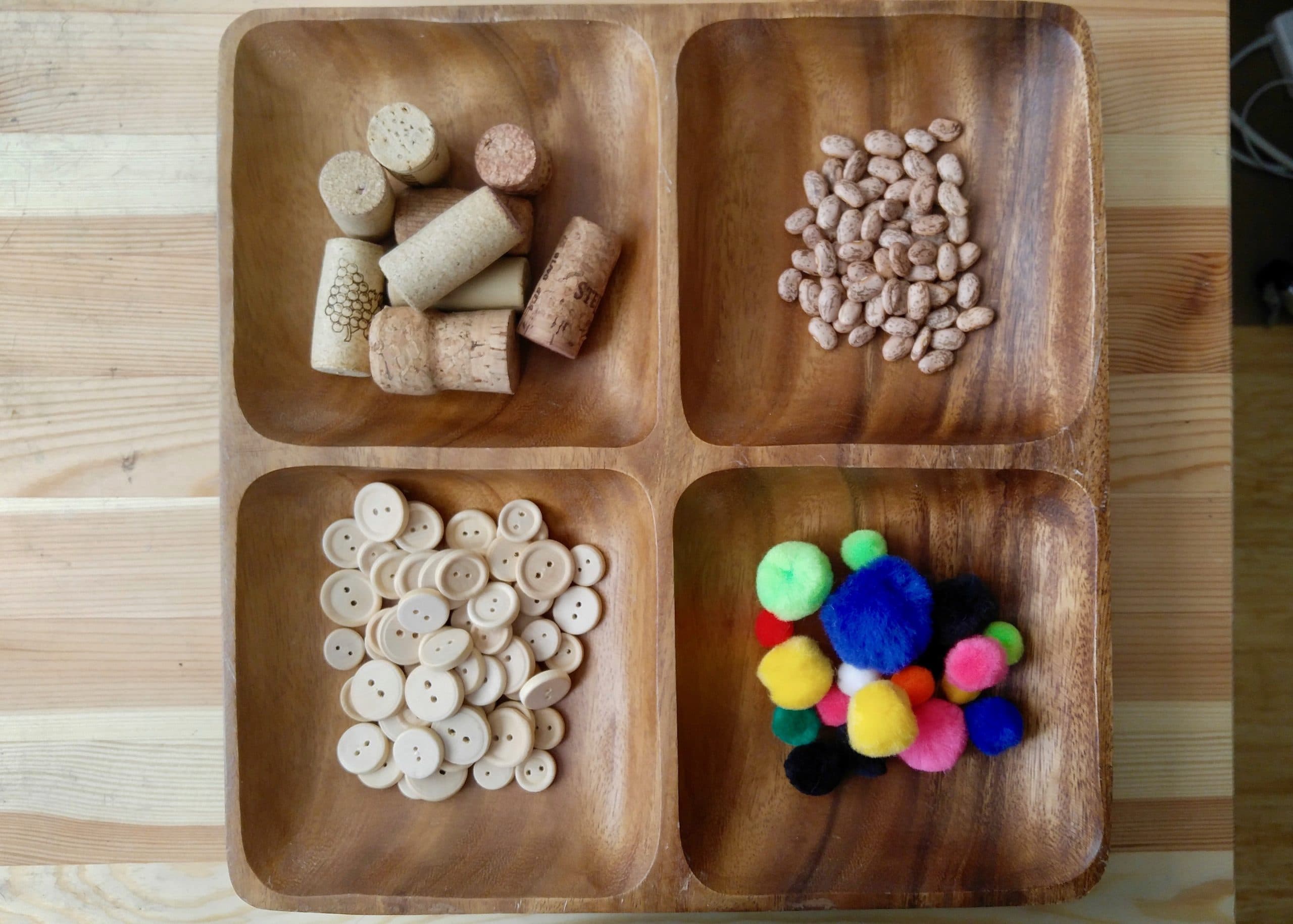
Consider the child’s age and development level. Small parts would be dangerous for young children and babies because they pose a choking hazard. The same goes for items like scissors or substances that are dangerous to ingest. It’s also important to consider their level of motor skills and attention span. A very small child won’t be able to sit and draw the still life of a bouquet of flowers, but the same activity would be interesting and challenging enough for an older child.
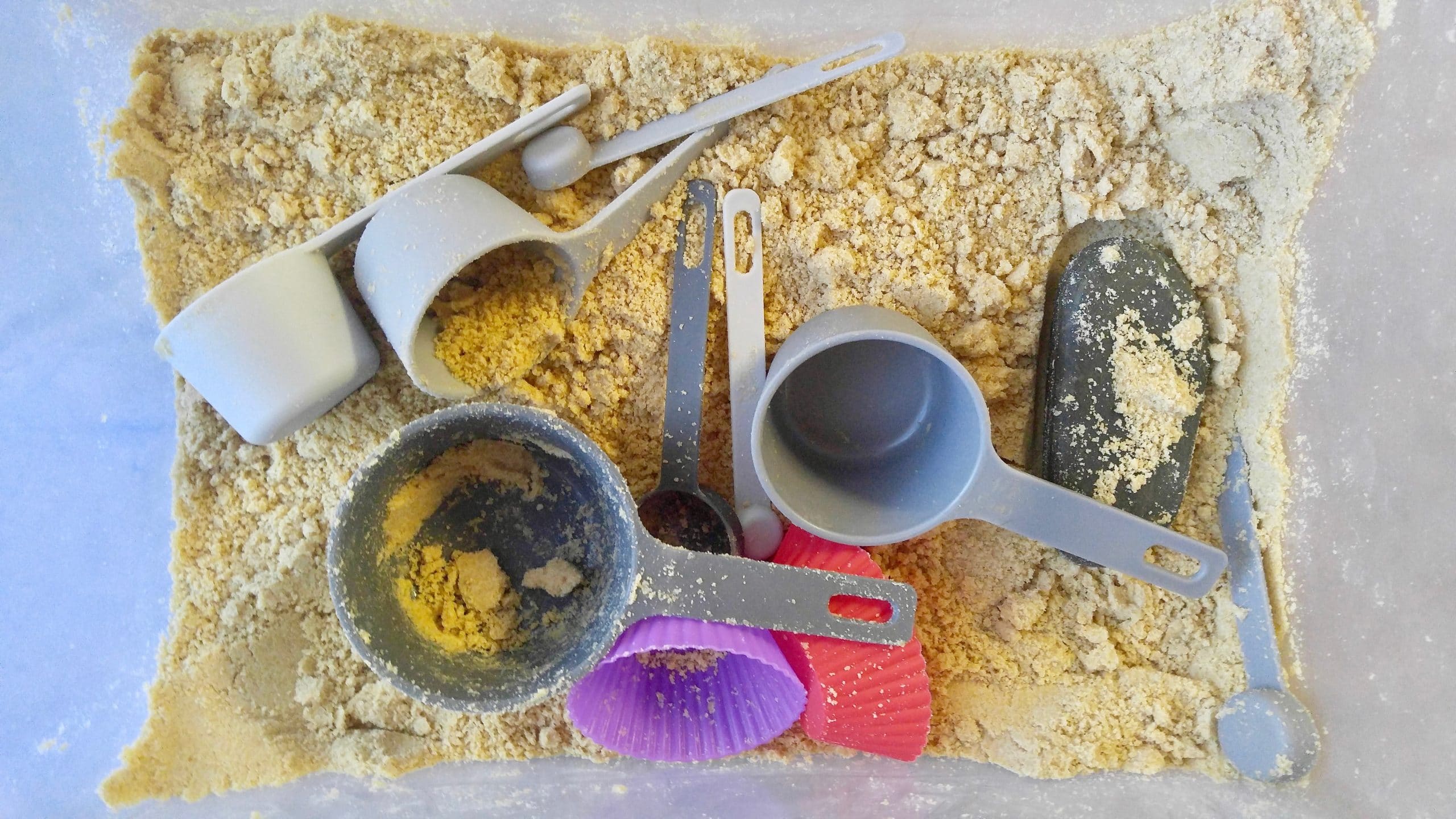
Play off of the child’s interests and curiosities. Say your child loves dinosaurs, what a perfect opportunity to set up a small world scene of toy dinosaurs, leaves, play silks, and rocks. You could even set a book about dinosaurs nearby. My son loves cars, so sometimes we will put out some playdough with cars and trucks just for another sensory material. He also loves to pour and fill, so setting out materials for him to do so will spark his interest.

Mix materials and ideas. Sometimes a child can get stuck with how to play with their toys, choosing to only make buildings with blocks or using their dollhouse to play house. But something like transforming the dollhouse into a fire station or adding in some pinecones, blocks, and puzzles to a small world scene can spark their imagination to use their toys for a wider variety of play.
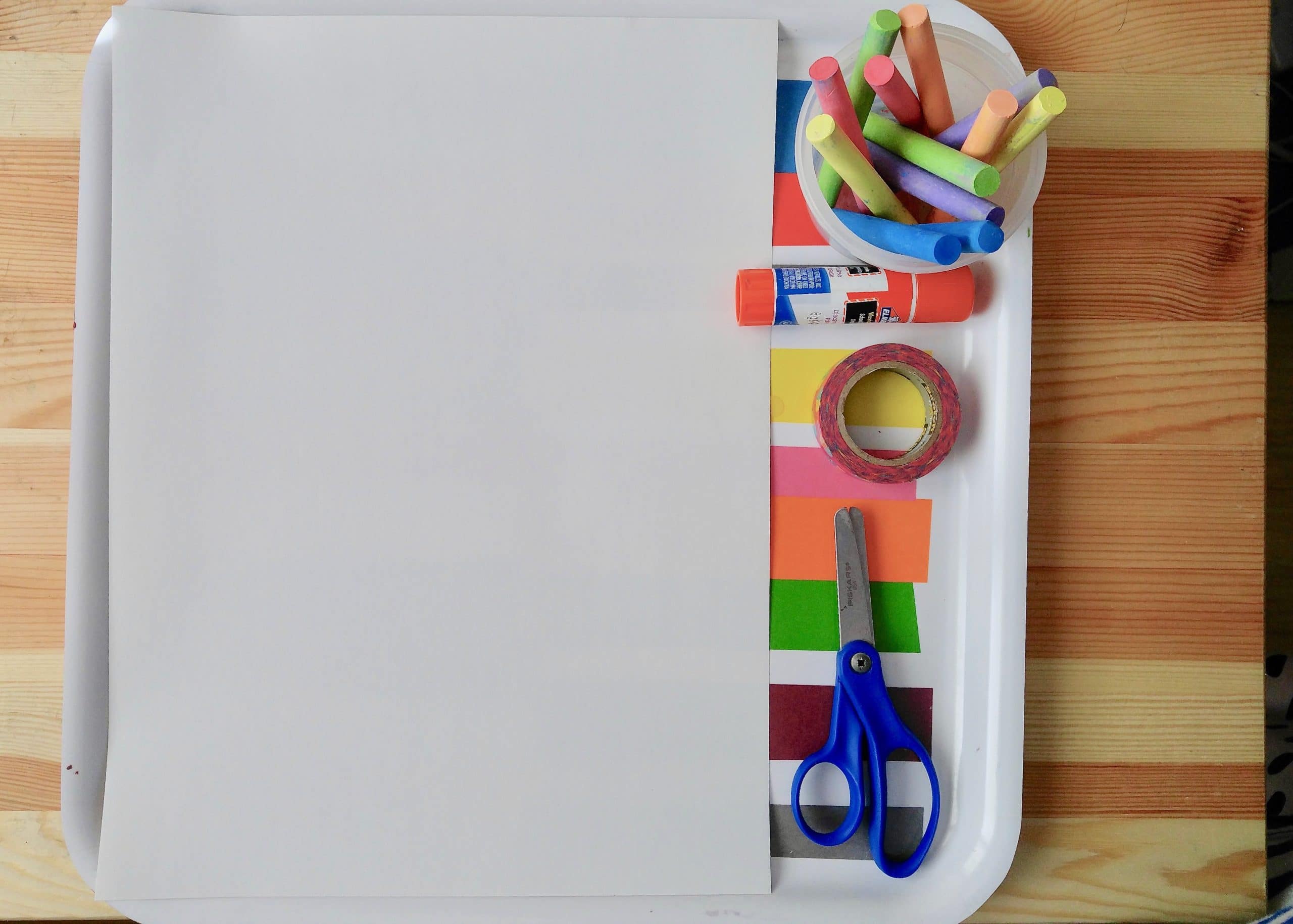
Don’t forget art and science! Invitations to explore and create are our favorite way to utilize this type of teaching. Set out art materials and see what they do with them. Set out some baking soda and vinegar with food dye and watch their delight when they discover what happens when they mix. Children learn best from exploration and when given the opportunity to explore and create themselves, their interest is more likely to be held.
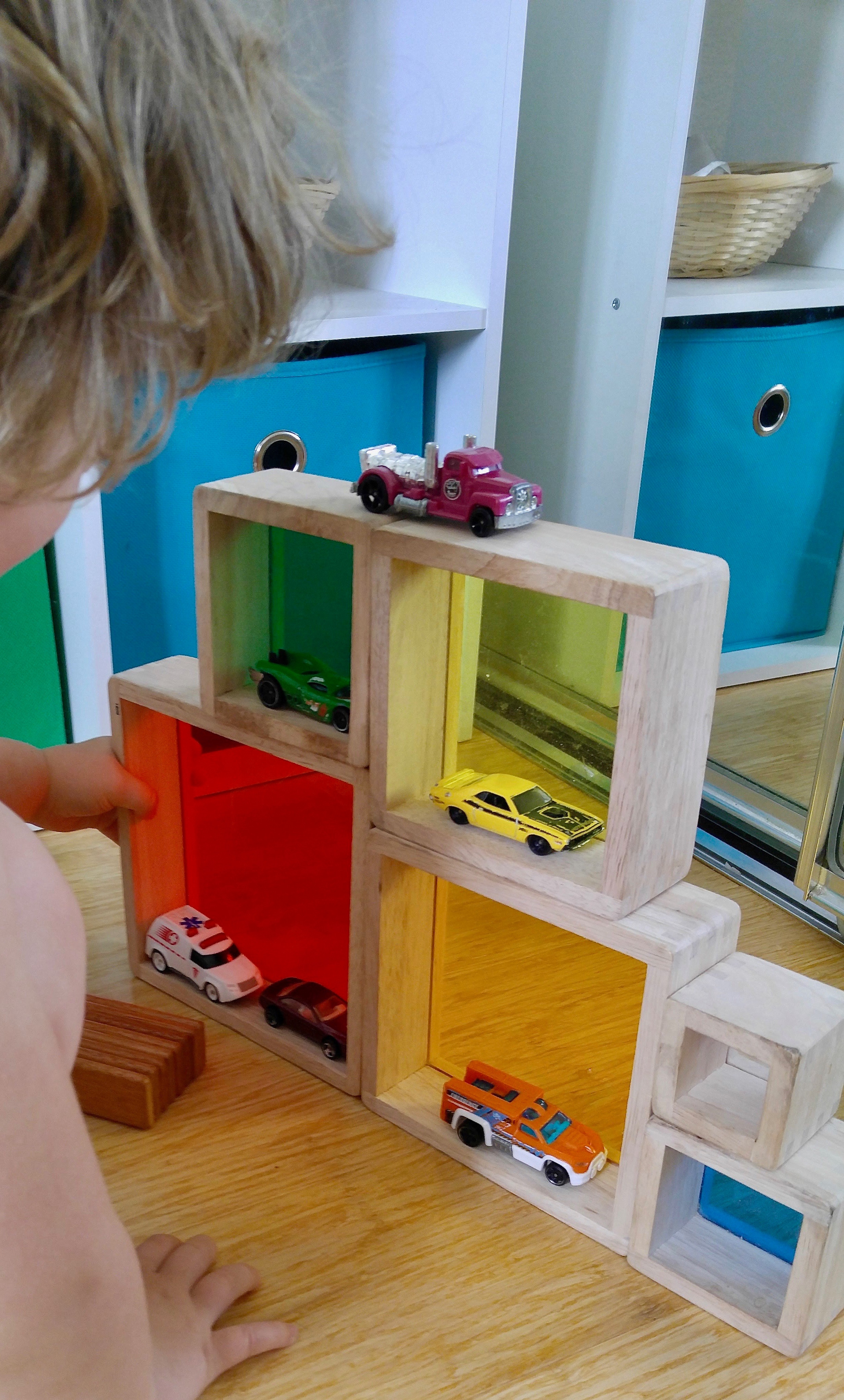
Throw out any expectations. There will be many times that an invitation to play or create will flop. My son will simply refuse to play with what I set out and choose to do something else. Just shrug it off and try something different next time. It’s also important to let go of an expectations on how things will be used. If children have their own ideas on how to play with something or want to incorporate other toys or materials, let them have at it! This is a mark of a successful invitation to play because their imagination has been sparked.
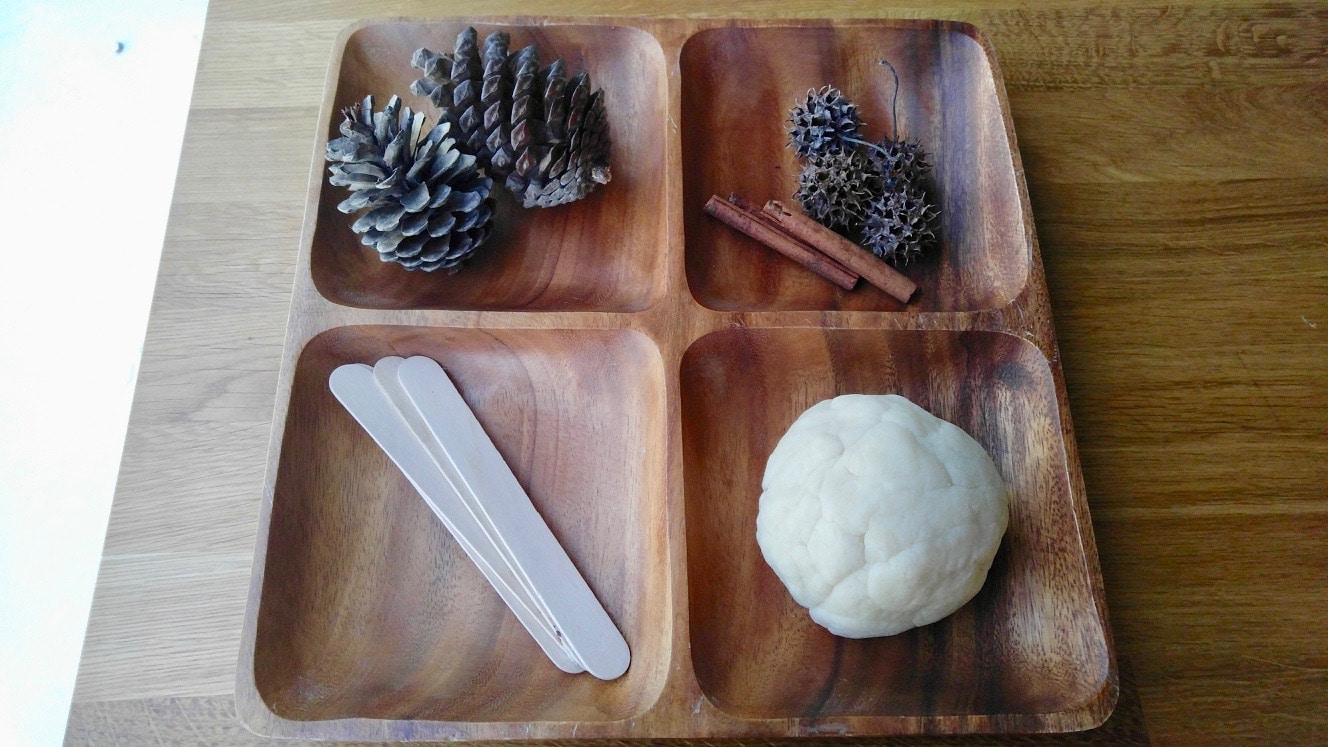
Presentation matters. By making an invitation appealing and intriguing, it will be more likely to be successful. Setting out materials neatly and simply help to focus the child, while choosing items that look appealing help to draw them in.
Try inviting your child to play, explore, and create!






